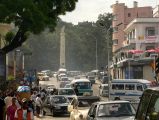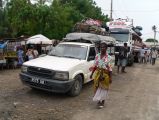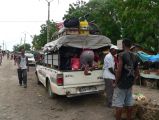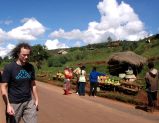TADPOLE PORTAL
I've always wanted to be an expert on tadpoles. I've always fancied being a tadpole expert. It's a wonderful life if you become an experty tadpoleous, as they are known in the trade. You get invited to all the smart parties and social gatherings.Peter Edward Cook: "The Tadpole Expert" (1964)
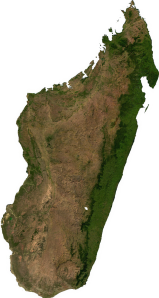
Madagascar is the fourth largest island on the world, covering about 580000 km². It split up from todays Africa about 140 mya, and from the Indian subcontinent 88 mya. Madagascar is now located in the Indian Ocean, 423 km from Mosambique and 3796 km from India. This island is still considered a hotspot of biodiversity. Many Madagascan taxa do have their next relatives in Africa, on the contrary, several typical groups from Africa are missing on Madagascar. Madagascar’s colonisation took part after the split from Gondwana, in earlier times across a possible land bridge with Antartica but later on crossing the water. For some of the taxa, however, next relatives occur outside Africa. Among these are the Madagascar frogs (Mantellidae), the most common family of frogs on Madagascar. Their next relatives are the Rhacophoridae in Asia.
Repoblikan’i Madagasikara is probably not first choice for the common tourist. Still, it is well possible to travel save and comfortable (if wanted). A trip is definitively worth it if you are interested in the few remaining places of almost undisturbed nature. Madagascar is full of biological surprises and these are generally harmless. And it is in fact not only the most famous group of creatures from Madagascar – the lemures – that a traveler will keep in mind. Whoever spends the night in the rainforest will be highly impressed by the diversity of amphibians and reptiles active at night, and the leeches as well.
